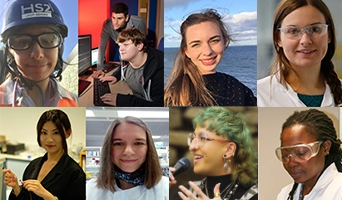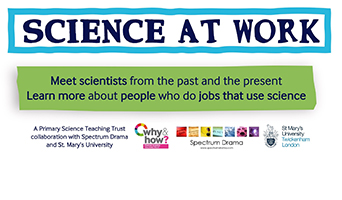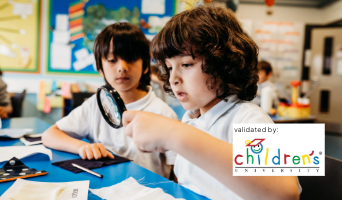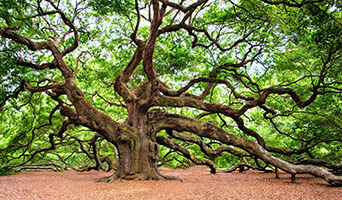
Electricity
How Plants Know Good Microbes from Bad Ones
Curriculum focus: Chemical changes
Enrichment, Practical Science, Topical Science | 7-9, 9-12
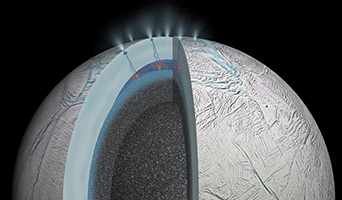
Space
One of Saturn’s Moons May be Home for Extra-Terrestrial Life
Curriculum focus: Life in Space
Enrichment, Practical Science, Science Enquiry, Scientists and their work, Topical Science | 7-9, 9-12

States of Matter
Computers Can Measure the Happiness of a City
Curriculum focus: Gases and Air pollution
Enrichment, Practical Science, Science Enquiry, Scientists and their work, Topical Science | 7-9, 9-12
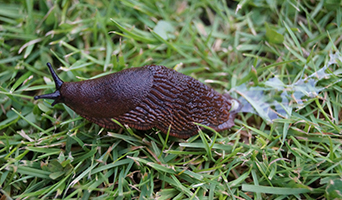
Properties & Uses of Materials
Slug Slime Might Be the Answer for Medical Adhesives
Curriculum focus: Properties and uses of materials (adhesives)
Enrichment, Practical Science, Science Enquiry, Scientists and their work, Topical Science | 7-9, 9-12
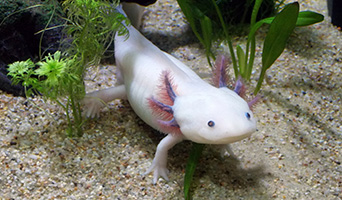
Animals
Miracle Healing Could Come From the Axolotl
Curriculum links: DNA code
Enrichment, Practical Science, Science Enquiry, Scientists and their work, Topical Science | 7-9, 9-12
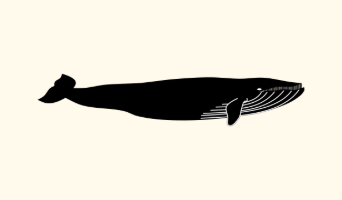
Biodiversity & Habitats, Energy, Sound
Whale Song is Changing
Curriculum focus: Sound / Environmental change
Enrichment, Practical Science, Science Enquiry, Scientists and their work, Topical Science | 7-9, 9-12

Animals
Catching Flu Might Depend on the Type of Place in Which You Live
Curriculum focus: Staying healthy (viruses)
Enrichment, Practical Science, Science Enquiry, Scientists and their work, Topical Science | 7-9, 9-12
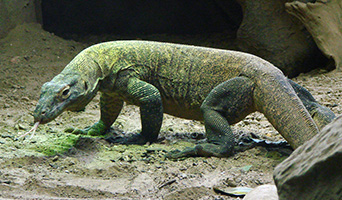
Animals
Dragons Could Save Us From Bad Bacteria
Curriculum focus: Staying healthy (bacteria)
Enrichment, Practical Science, Science Enquiry, Scientists and their work, Topical Science | 7-9, 9-12
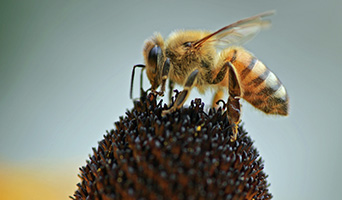
Biodiversity & Habitats, Plants
What is Happening to the Bees
Curriculum links: Insect pollination / Environmental change
Enrichment, Practical Science, Science Enquiry, Scientists and their work, Topical Science | 7-9, 9-12
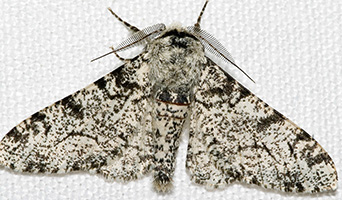
Biodiversity & Habitats, Evolution & Inheritance
Evolution of Life in Cities
Curriculum focus: Adaptation / Evolution
Enrichment, Practical Science, Science Enquiry, Scientists and their work, Topical Science | 7-9, 9-12
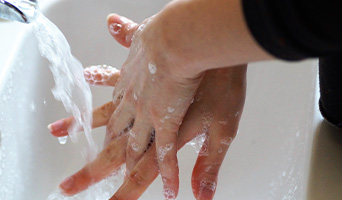
Properties & Uses of Materials
The Science of Hand-Washing
Curriculum focus: Properties & uses of materials (soap)
Enrichment, Practical Science, Science Enquiry, Scientists and their work, Topical Science | 7-9, 9-12

Forces
What Small Magnetic Robots Can Do
Curriculum focus: Magnetism
Enrichment, Practical Science, Science Enquiry, Scientists and their work, Topical Science | 7-9, 9-12


















